Have you ever considered how incredibly transformative it would be to fully immerse yourself in a foreign culture? We’re talking about more than just learning a new language – though that is certainly a fantastic benefit! There is the opportunity to experience a rich and diverse cultural heritage, firsthand. You’ll have the chance to witness and participate in events and traditions that are completely foreign to you.
And let’s not forget about the artist community! Talented artists from all parts of the world flock to these countries to study, create, and showcase their work. Imagine being a part of that rich and thriving community.
Of course, we understand that traveling abroad can be daunting, especially when there is a balance to strike between pleasure, education, and business. But trust us when we say that the rewards of stepping out of your comfort zone and embracing all that the experience has to offer are immeasurable. So why not take that first step and explore a whole new world of possibilities?
What exactly is a cultural visa?
When traveling for cultural purposes only, certain visa requirements may apply. There may be more stringent requirements and shorter validity periods for work and study visas.
This visa is useful for those planning to engage in cultural pursuits of any kind, whether that be academic study, attendance at a cultural event, or participation in any other cultural activity (sometimes prescribed as non-remunerated according to the destination; otherwise, a work visa is mandatory).
Countries that provide cultural visas
Some countries will grant you a cultural visa if they believe you have a genuine interest in learning about their way of life. While this is not widely known, it will allow you to stay in some of these countries for anywhere from a few months to several years. It’s incredibly helpful for first-time foreign workers who don’t qualify for any of the “standard” visa categories.
1. European countries with Schengen Visa
It is possible to obtain a Schengen Cultural Visa in order to visit the Schengen Area for the express purpose of attending cultural events. They can travel throughout the Schengen area for up to 90 days with this short-stay visa. However, in order to qualify for a Cultural Schengen Visa, applicants must have a genuine, documented cultural purpose for visiting the Schengen area.
Who Needs a Schengen Visa?
If you are from one of the countries below, you must apply for a visa before you travel to one of the Schengen States:

When to Apply for a Schengen Cultural Visa?
According to the Schengen rules, the earliest you can apply for a Cultural Schengen Visa is six months prior to your trip. Whereas, the latest you can apply is two weeks in advance.
You are highly recommended to apply about one month earlier for your Cultural Schengen Visa. Thus, even if the embassy delays the procession of your application, you will not risk losing your trip.
Schengen Cultural Visa Processing Time
The time required to process a Schengen Cultural Visa is roughly 15 days. However, this time frame may be extended in your particular circumstance. If you apply for a Schengen visa during a busy time of year, it could take longer to process.
How Long Can I Stay in Europe with a Cultural Visa?
There is a 90-day limit on how long someone with a Cultural Visa can stay in the Schengen Area. You can enter and leave the country as often as you like with a multiple entry visa. However, you cannot stay in Schengen for longer than 90 days in any 6-month period.

How Much Does a Schengen Visa Cost?
For all applicants, the Schengen member countries have settled on a single visa fee. Prices for Schengen visas are as follows:
| Category | Fee in Euro | Fee in US Dollars |
|---|---|---|
| Adults | 80€ | $94.51 |
| Children aged between 6 and 12 years | 40€ | $47.25 |
| Children younger than 6 | Free | Free |
| Holders of diplomatic passports traveling for official purposes | Free | Free |
| Family members of an EU/EEA national | Free | Free |
| Students along with teachers during a school trip | Free | Free |
| Researchers and scientists traveling for professional reasons | Free | Free |
| Representatives of nonprofit organizations aged 25 years or less | Free | Free |
| Citizens of Armenia, Azerbaijan | 35€ | $41.35 |
2. Korean K-Culture Visa Hallyu
With its new cultural visa, South Korea has been gaining in popularity. The tourism industry in the country that was hit hard by Covid 19 is actively courting new talent and creative individuals thanks to the widespread popularity of K-Pop and K-Drama in the West. South Korea made it easier for foreigners working in the entertainment industry to permanently relocate to the country by streamlining the application process for visa D 10, also known as Visa Hallyu.
The term “Hallyu,” which translates to “Korean wave,” is a fitting description of the rising popularity of Korean culture around the world. This phenomenon encompasses not only Korean pop culture but also Korean manga, animation, video games, fashion, cuisine, sports, travel, cosmetics, and the Korean language itself, providing a wide range of career opportunities for foreigners interested in moving to Korea.
The digital nomad visa for South Korea will be available soon.
The government of South Korea is also thinking about creating a digital nomad visa. Since the Covid pandemic, more and more countries have begun to offer this novel type of visa. As a result, South Korea hopes to catch up with the rest of the pack by establishing its own digital nomad visa.
The government is keen to demonstrate that it understands the altered nature of the modern workplace and the elevated standards that its employees have set for themselves, both of which have gained momentum since COVID. The nationwide lockdowns have actually sparked a surge in telecommuting. There is a growing desire among workers to balance their personal and professional lives. One of their top priorities is a work environment that improves their quality of life.
3. Japan Cultural Activities Visa
Japan provides a “Cultural Activities ( Bunka-katsudo)” visa, which allows foreigners to travel for studies or to learn any skill related to the arts. Prospective ex-pats in Japan are more likely to opt for more conventional visas, such as student, work, or partner visas, despite the many advantages of the cultural visa. Cultural visas are not heavily promoted by the Japanese government because cultural projects are not as economically beneficial to the country as studying or working.
How to Apply for a Cultural Activities Visa
You need a visa sponsor who is willing to sponsor your application in Japan if you want to apply for Cultural Activities visa status. In addition, you need to be able to demonstrate that you meet the criteria for your intended activity, your experience, and your Japan visa sponsor.
If you intend to study Japanese culture in Japan at a rate of approximately twice a week for a total of two hours per session while you are there, your application will be rejected. The laws do not specify the amount of time that must be spent studying or researching Japanese culture; however, you are required to participate in this activity for a minimum of 12–18 hours per week on a continuous basis in order to maintain your status as a visitor to Japan who is authorized to engage in Cultural Activities.
Permission to Engage in Other Activity (Shikakugai Katsudou Kyoka) allows you to work a specific part-time job in Japan beyond the scope of your Cultural Activities visa, but not as your primary source of income while in the country.
Applicant must either obtain a Certificate of Eligibility or read on for an alternative procedure. Please note that for a stay longer than 6 months a Certificate of Eligibility must be obtained.
*Period of stay: 3 months, 6 months, 1 year or 3 years.
Cultural Activities Visa Requirements
- Passport (in original with at least two blank visa pages).
- Visa Application Form
 , filled in digitally but signed by hand. (Russian nationals and nationals of NIS (Armenia, Azerbaijan, Belarus, Georgia, Kazakhstan, Kyrgyzstan, Moldova, Tajikistan, Turkmenistan, Ukraine and Uzbekistan) should submit 2 Visa Application Forms with a photo.)
, filled in digitally but signed by hand. (Russian nationals and nationals of NIS (Armenia, Azerbaijan, Belarus, Georgia, Kazakhstan, Kyrgyzstan, Moldova, Tajikistan, Turkmenistan, Ukraine and Uzbekistan) should submit 2 Visa Application Forms with a photo.) - Photo:
Taken less than 6 months before the date of application. Both color and black and white photos are accepted. Approximately 45×45 or 35×45 mm. Facing straight to the camera and with white background. Well centered with room above and below the head. Photo quality, without smears or markings and with no shadow over the face. |  |
- In case where the person concerned intends to engage in the academic or artistic activities, or to engage in specific studies on Japanese culture or arts; the following materials are required;
- Documents certifying the activities and its duration of the person concerned, and the outline of the organization where he or she intends to engage in the activities concerned.
- Documents certifying the academic career, professional career and other career regarding the activity of the person concerned.
- Documents certifying that the person concerned can defray all expenses incurred during the stay in Japan.
- In case where the person concerned intends to learn Japanese culture or arts under the guidance of an experts, additional materials showing the career and the achievements of the expert, besides the documents mentioned above are required.
- Copy of Swedish residence permit card (if applicable).
4. Dubai Golden Cultural Visa
The United Arab Emirates is rising in prominence as a result of its welcoming attitude towards the arts and culture. The purpose of this visa is to attract talented individuals, artists, and creators. Applicants must also include a one-year bank statement as proof of their minimum annual income of AED 120k. When applying for Dubai’s cultural visa, applicants should remember:
- Dubai Culture retains the right to remove or amend any of the terms stated on its website.
- Getting a permit issuance or approval from Dubai Culture doesn’t qualify as final approval. It is a prerequisite to other procedures required to obtain approvals from local and/or federal authorities.
| Cultural Visa Option | Residency fees | ID fees |
|---|---|---|
| 10 years golden visa | 2790 AED ($760 USD) | 2280 AED ($625 USD) |
| 5 years golden visa | 1070 AED ($295 USD) | 575 AED ($158 USD) |
How to Apply for Dubai Cultural Visa
To apply for a Cultural Visa in Dubai, applicants need send an email to culturalvisa@dubaiculture.ae along with the following documents:
- A copy of the Emirates ID, passport, and residence visa
- Applicant’s resume
- Home address
- Contact details
After providing all of the information and paperwork that is required, the following steps need to be taken in order to complete the process:
- Applicants will be advised of the status of their application via email or phone call.
- An accreditation license will be granted if their application is accepted.
- The applicant must appear in person at the approved agency to receive the permanent resident visa.
5. US Q1 Visa
The Q1 visa is a temporary work visa issued by the United States to international tourists participating in cultural exchange programs within the country. The employment also provides participants with a platform to introduce their culture and customs to their new American neighbors.
The Q1 visa holder’s stay in the US will be spent taking part in training sessions organized by the US business. Visa holders can learn new skills, immerse themselves in American culture, and share their own country’s traditions with locals in the United States. The United States and other countries can both benefit from this program because of the increased cultural interchange and information that will result.
The primary dissimilarity between the J-1 and Q1 visas is that the J-1 visa programs are managed by the US Department of State, while the Q1 visa programs are managed by USCIS. Thus, USCIS must be involved in all Q1 visa processes.
The Q1 visa is available to anyone who meets the requirements and can find an approved cultural exchange program in the United States ready to sponsor them.
Unlike the Q-2 Walsh Program Visas, which allow 4,000 citizens of the Republic of Ireland and Northern Island to spend 36 months in the United States training and working, the Q-1 visa allows for just temporary entry into the country.
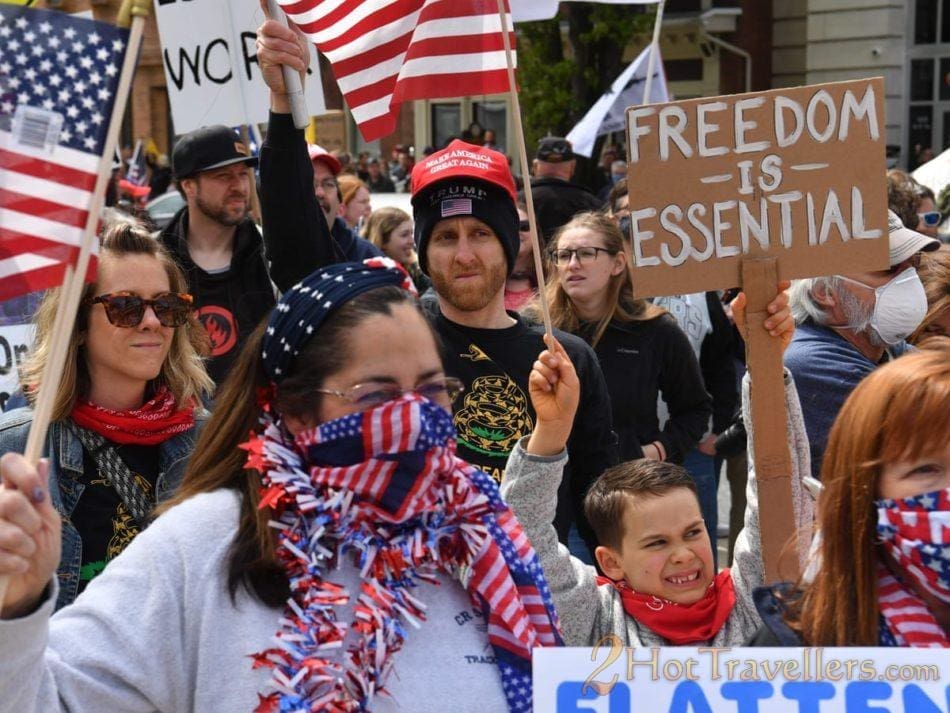
Obtaining a Q1 visa
Both the applicant and the employer or sponsor are required to participate in the Q1 visa application process. The sponsor is responsible for starting the USCIS approval process in order to recruit the visa applicant. As a result, the visa applicant cannot begin the process without first receiving official clearance from USCIS.
The following is a list of the steps that need to be taken.
Petition Submission
US Citizenship and Immigration Services (USCIS) must approve all petitions from employers or sponsors who wish to hire foreign nationals for employment in the United States. To get foreign people into the country lawfully, they will need to file a petition.
File a DS-160.
All applicants for a nonimmigrant visa must complete the DS-160, Application for a Nonimmigrant Visa, Online. The confirmation page and code you receive after submitting are essential to keep on hand for your records.
Funds for the First Quarter Visa Application Period
If you need a Q1 visa, you’ll need to pay $190 for the application. In order to move forwards with your application, you must pay this charge. Depending on the nature of the United States’ connection with your home country, you may have to pay additional fees on top of the application fee.
Set up that interview for your visa in Q1
Everyone seeking for a nonimmigrant visa at the United States Embassy or Consulate between the ages of 14 79 must appear in person for a visa interview. (To prevent waiting around, it is best to book your interview with the US Embassy as far in advance as possible, given the likelihood of heavy workloads there).
Get your Q1 Visa Application paperwork in order.
You need to compile a documentation packet in order to substantiate your application and demonstrate that you meet the requirements for the Q1 visa.
Attend the interview.
Interviews play a significant role in the selection process. Be prompt for the interview and prepared with everything that will be required of you.
How long does it take to get a visa in Q1?
The Q1 visa application process might take anywhere from 15 days to three months. If it takes longer than usual, you should check in with the US Embassy to which you submitted your application and explain the delay. They will get back to you when the processing time has passed to let you know if your visa was approved or denied.
In conclusion, cultural visas can give you the opportunity to experience something unique and different. If you’re looking to get away from the hustle and bustle of everyday life, cultural visas can give you the opportunity to explore a different country and culture and gain a greater understanding of the world.
Ultimately, cultural visas provide numerous benefits for those looking to travel and explore the world. With these visas, you can get a more in-depth look into the culture of a country, save money, find new job opportunities, and experience something unique and different. Whether you’re looking for a short or long-term stay, cultural visas can offer opportunities to explore, learn, and grow in a new place.


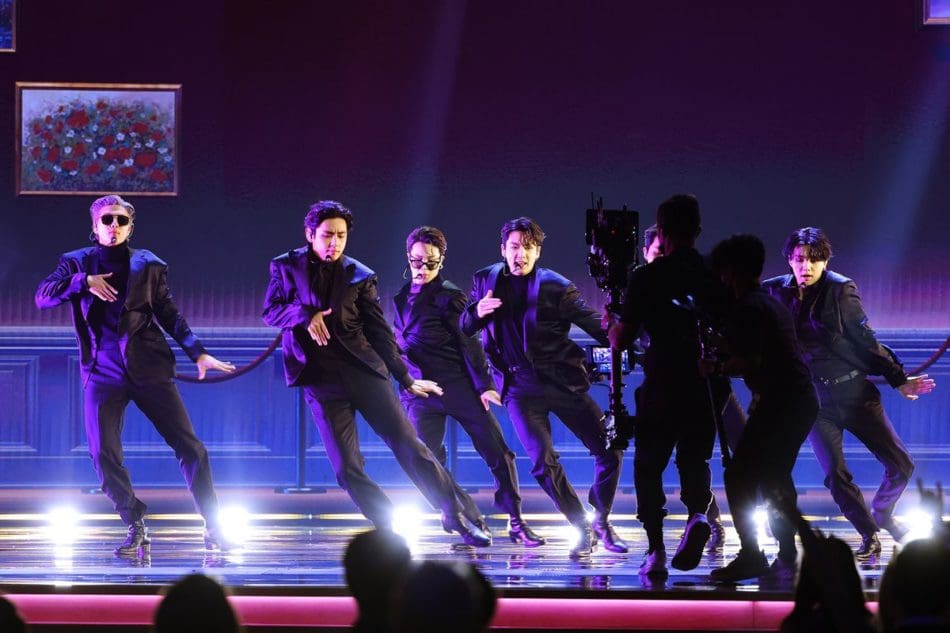
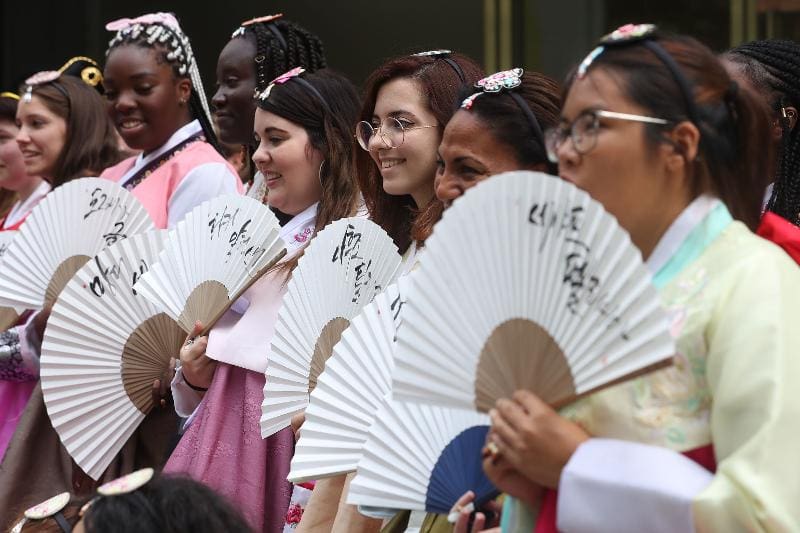

 , filled in digitally but signed by hand. (Russian nationals and nationals of NIS (Armenia, Azerbaijan, Belarus, Georgia, Kazakhstan, Kyrgyzstan, Moldova, Tajikistan, Turkmenistan, Ukraine and Uzbekistan) should submit 2 Visa Application Forms with a photo.)
, filled in digitally but signed by hand. (Russian nationals and nationals of NIS (Armenia, Azerbaijan, Belarus, Georgia, Kazakhstan, Kyrgyzstan, Moldova, Tajikistan, Turkmenistan, Ukraine and Uzbekistan) should submit 2 Visa Application Forms with a photo.)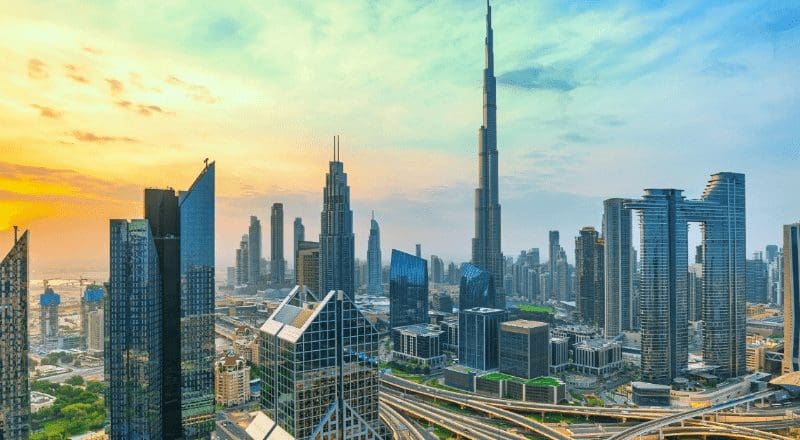


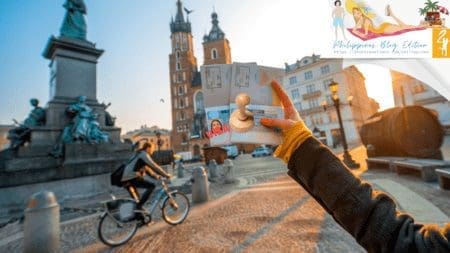

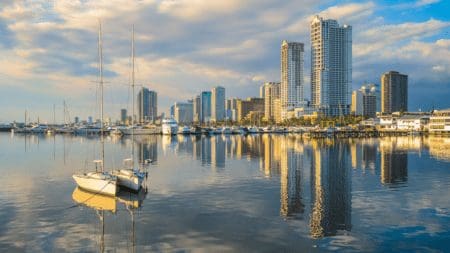
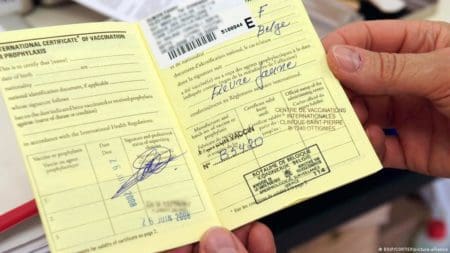

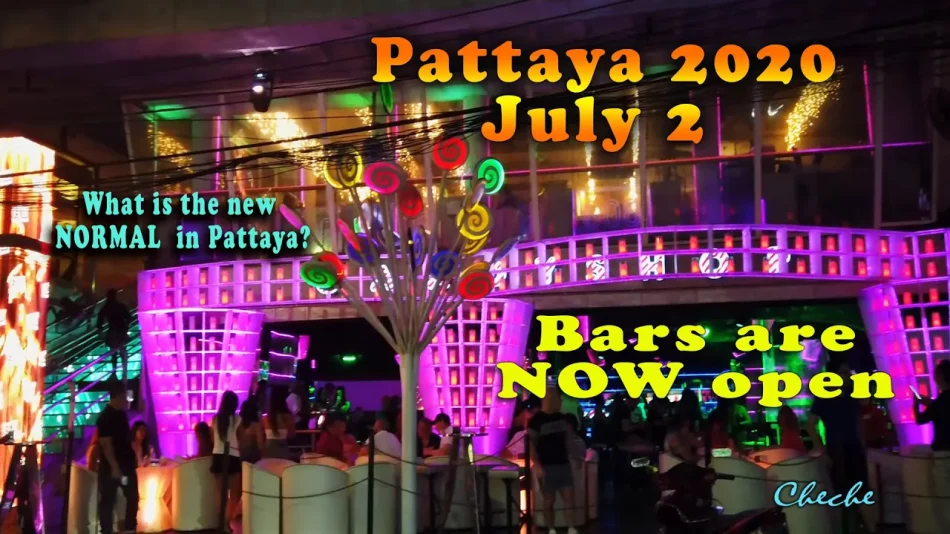


With your post, your readers, particularly those beginners who are trying to explore this field won’t leave your page empty-handed. Here is mine at 57N I am sure you’ll gain some useful information about Adsense too.
I was captivated by your work just as much as you were. Your sketch is tasteful and your written material is stylish. However, you seem to be anxious that you will be delivering something questionable in the near future. I agree that you will likely resolve this issue soon and return to your usual high standards.
The level of my admiration for your work matches your own. Your sketch is aesthetically pleasing and your authored content is impressive. Nonetheless, you appear to be concerned that you may be heading in a direction that causes some unease. I concur that you will be able to address this quickly and get back on track.
I was captivated by your work just as much as you were. Your sketch is tasteful and your written material is stylish. However, you seem to be anxious that you will be delivering something questionable in the near future. I agree that you will likely resolve this issue soon and return to your usual high standards.
I was as captivated by your work as you were. Your sketch is beautiful and your written content is superb. However, you may be concerned that you could potentially be doing something controversial in the future. I agree that you will likely resolve this soon.
Its like you read my mind You appear to know so much about this like you wrote the book in it or something I think that you can do with a few pics to drive the message home a little bit but instead of that this is excellent blog A fantastic read Ill certainly be back
Thanks I have just been looking for information about this subject for a long time and yours is the best Ive discovered till now However what in regards to the bottom line Are you certain in regards to the supply
Its like you read my mind You appear to know so much about this like you wrote the book in it or something I think that you can do with a few pics to drive the message home a little bit but instead of that this is excellent blog A fantastic read Ill certainly be back
Your blog is a treasure trove of valuable insights and thought-provoking commentary. Your dedication to your craft is evident in every word you write. Keep up the fantastic work!
Your writing has a way of resonating with me on a deep level. It’s clear that you put a lot of thought and effort into each piece, and it certainly doesn’t go unnoticed.
I was recommended this website by my cousin I am not sure whether this post is written by him as nobody else know such detailed about my trouble You are amazing Thanks
I just wanted to drop by and say how much I appreciate your blog. Your writing style is both engaging and informative, making it a pleasure to read. Looking forward to your future posts!
Thank you for your response! I’m grateful for your willingness to engage in discussions. If there’s anything specific you’d like to explore or if you have any questions, please feel free to share them. Whether it’s about emerging trends in technology, recent breakthroughs in science, intriguing literary analyses, or any other topic, I’m here to assist you. Just let me know how I can be of help, and I’ll do my best to provide valuable insights and information!
This website is an absolute gem! The content is incredibly well-researched, engaging, and valuable. I particularly enjoyed the [specific section] which provided unique insights I haven’t found elsewhere. Keep up the amazing work!
What a fantastic resource! The articles are meticulously crafted, offering a perfect balance of depth and accessibility. I always walk away having gained new understanding. My sincere appreciation to the team behind this outstanding website.
Ive read several just right stuff here Certainly price bookmarking for revisiting I wonder how a lot effort you place to create this kind of great informative website
helloI like your writing very so much proportion we keep up a correspondence extra approximately your post on AOL I need an expert in this space to unravel my problem May be that is you Taking a look forward to see you.
I loved as much as you will receive carried out right here The sketch is tasteful your authored subject matter stylish nonetheless you command get got an edginess over that you wish be delivering the following unwell unquestionably come further formerly again as exactly the same nearly very often inside case you shield this hike
Thank you for reaching out! If you have any specific questions or topics in mind, please feel free to share them, and I’ll do my best to assist you. Whether you’re curious about a particular technology, scientific concept, literary work, or anything else, I’m here to provide information, advice, or engage in a discussion. Don’t hesitate to let me know how I can help you further!
It seems like you’re repeating a set of comments that you might have come across on various websites or social media platforms. These comments typically include praise for the content, requests for improvement, and expressions of gratitude. Is there anything specific you’d like to discuss or inquire about regarding these comments? Feel free to let me know how I can assist you further!
http://divinecosmosnew.tforums.org/viewtopic.php?f=17&t=19219
This site is fabulous. The radiant material shows the maker’s commitment. I’m dumbfounded and anticipate more such mind blowing posts.
https://wiki.evil-admin.com/index.php?title=User:DorisO0878
http://www.tvoidom.galaxyhost.org/forums.php?m=posts&q=31142&n=last#bottom
https://animeworld.ruhelp.com/viewtopic.php?id=8266#p33606
https://lovewiki.faith/wiki/User:RoseannePearson
http://a90275db.beget.tech/2024/01/20/istoriya-audioformatov-ot-vinila-do-striminga.html
https://womenforum.7bb.ru/viewtopic.php?id=4752#p11531
Wow, amazing blog layout! How long have you been blogging for? you made blogging look easy. The overall look of your web site is magnificent, as well as the content!
https://www.hb9lc.org/wiki/index.php/User:Jessie00I8146633
http://forum.analysisclub.ru/index.php/topic,132968.new.html#new
obviously like your web-site but you need to test the spelling on quite a few of your posts. Several of them are rife with spelling problems and I to find it very troublesome to inform the reality on the other hand I’ll certainly come back again.
you are in reality a just right webmaster. The site loading velocity is incredible. It seems that you are doing any unique trick. In addition, The contents are masterwork. you have performed a wonderful task on this topic!
http://a90275db.beget.tech/2024/01/30/blyuz-garmoniya-strasti-i-boli.html
https://e-content4u.com/mp3bit-pw/
http://x70795vj.beget.tech/2024/01/20/istoriya-formata-mp3.html
http://forum.computest.ru/post/555752/#p555752
http://xn--j1abfeccmj1d1c.xn--p1ai/forum/?PAGE_NAME=profile_view&UID=18601
http://kissolovo.teamforum.ru/viewtopic.php?f=10&t=31978
This resource is fabulous. The wonderful data exhibits the essayist’s earnestness. I’m stunned and expect more such astonishing presents.
This website page is phenomenal. The wonderful data shows the essayist’s dedication. I’m shocked and envision more such magnificent posts.
http://forumrabota.0pk.me/viewtopic.php?id=6669#p16048
https://hikvisiondb.webcam/wiki/User:LavonneSeamon
https://www.math-berlin.de/profile-manager/pluginclass/cbblogs?action=blogs&func=show&id=328
This asset is unbelievable. The wonderful information exhibits the creator’s earnestness. I’m stunned and anticipate more such mind blowing posts.
http://autolife.5nx.ru/viewtopic.php?f=23&t=8020
https://nvspwiki.hnue.edu.vn/index.php?title=Th%C3%A0nh_vi%C3%AAn:ThaliaJustus0
http://www.tvoidom.galaxyhost.org/forums.php?m=posts&q=31142&n=last#bottom
http://forummsk.getbb.ru/viewtopic.php?f=13&t=805
https://motogpdb.racing/wiki/Mp3bit.pw
https://volnodumie.bbmy.ru/viewtopic.php?id=9926#p20652
http://mockwa.com/forum/thread-144542/
http://gb3nq.co.uk/wiki/index.php?title=Mp3gid.co
https://chipokids.ru/company/personal/user/2277/forum/message/842/901/#message901
This entrance is unbelievable. The splendid information displays the proprietor’s commitment. I’m overwhelmed and envision more such astounding sections.
https://forumbar.anihub.me/viewtopic.php?id=6483#p12323
http://www.rusbil.ru/forum/viewtopic.php?p=93676#93676
http://www.dzzzr.ru/forum/showthread.php?p=4603986#post4603986
https://gti-club.ru/forum/showthread.php?t=68561&p=700590#post700590
Элвис Пресли, безусловно, один из наиболее влиятельных музыкантов в истории. Родившийся в 1935 году, он стал иконой рок-н-ролла благодаря своему харизматичному стилю и неповторимому голосу. Его лучшие песни, такие как “Can’t Help Falling in Love”, “Suspicious Minds” и “Jailhouse Rock”, стали классикой жанра и продолжают восхищать поклонников по всему миру. Пресли также известен своими выдающимися выступлениями и актёрским талантом, что сделало его легендой не только в музыке, но и в кинематографе. Его наследие остается живым и вдохновляет новые поколения артистов. Скачать музыку 2024 года и слушать онлайн бесплатно mp3.
Security and fairness are non-negotiable when it comes to online gambling. I’ve discovered an article that dives deep into the safest online casinos, examining their licensing, encryption technology, and fairness audits. For peace of mind when playing online, this detailed review is invaluable
Which hosting service are you using? Could I have your host’s affiliate link? My website loads far slower than yours does. Excellent blog as well.
MedyaHizmetin ile popüler olmak artık çok kolay instagram takipçi satın al
This was beautiful Admin. Thank you for your reflections.
bahçe makineleri, motorlu testere, motorlu tırpan, çim biçme makinası, budama makası, akülü testere, benzinli testere, ms 170, ms 250,bahçe el aletleri satışını yapan firmamız kredi kartına taksit fırsatları ile şimdi sizlerle.
Çok yararlı bir makale olmuş. Severek takip ediyorum. Teşekkür ederim.
Malatya Karaca Ticaret | NURKAN KARACA Malatya stihl bayi,Malatya stihl servis,Hızar motoru,Motorlu testere,Motorlu tırpan, Çim biçme makinası,Malatya karacalar,Malatya stihl, nurkan karaca Malatya’nın en köklü Stihl bayilerinden olan Nazım Karaca ve torunu Nurkan Karaca şimdi e-ticaret platformlarında faaliyet yürütmektedir. Mağazamız, hem stihl satışı hem de stihl servisliğini yapmaktadır.
Çok işime yaradı bende bunu nasıl yapacağımı araştırıyorum. Paylaşım için teşekkür ederim.
Thnx for share.. Very best post. Ty.
Best best best..